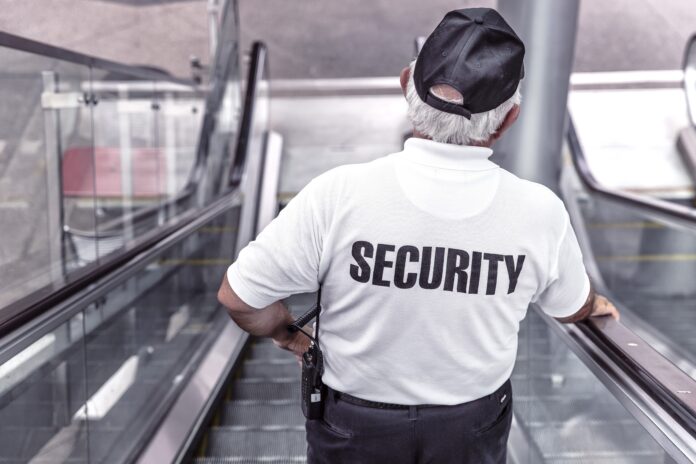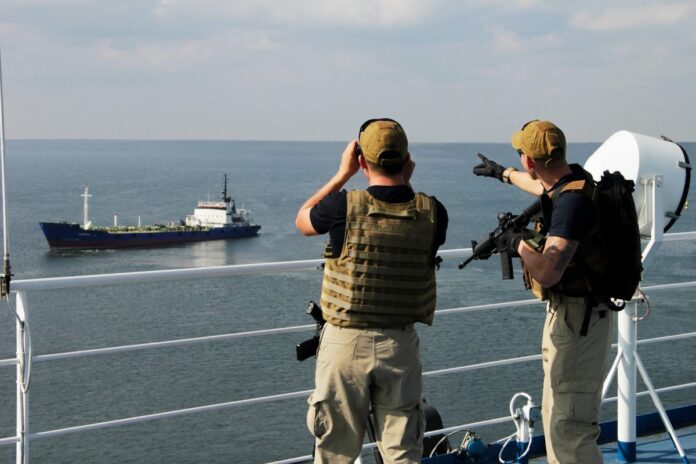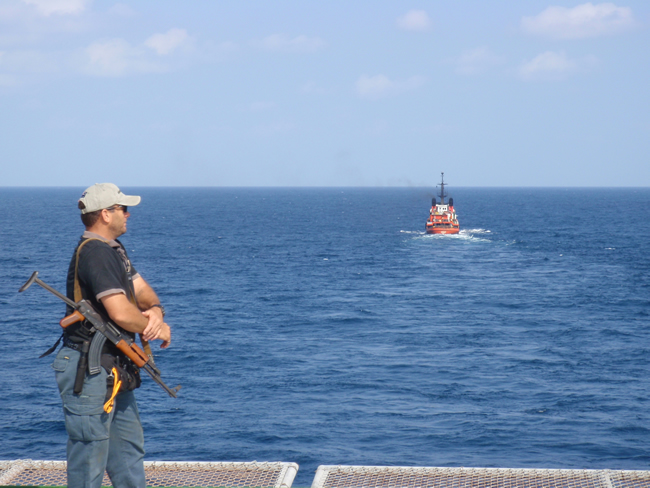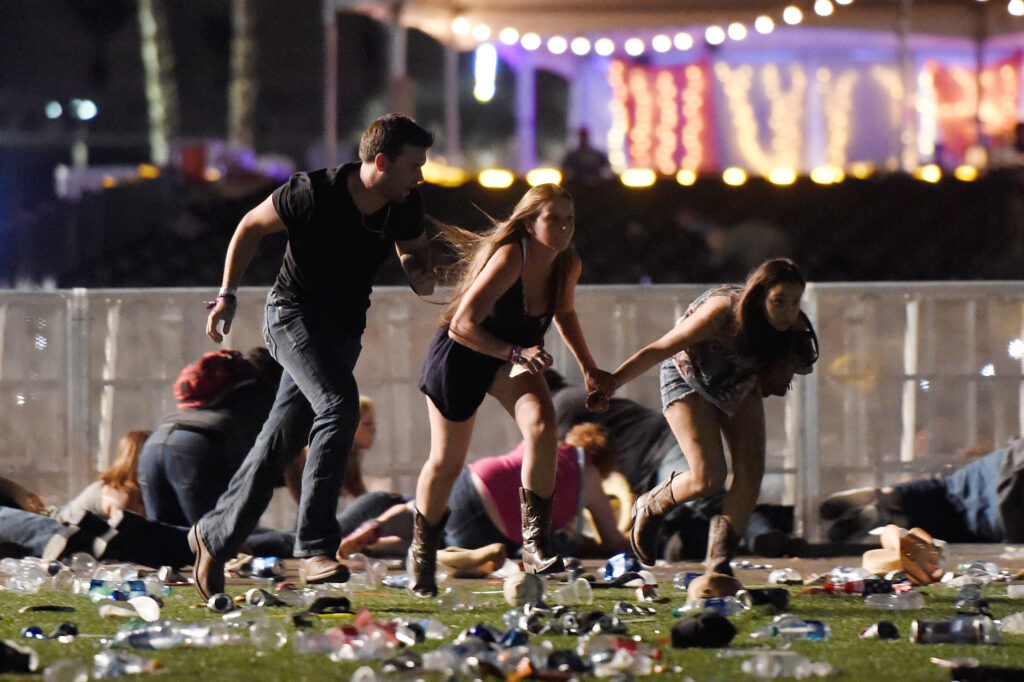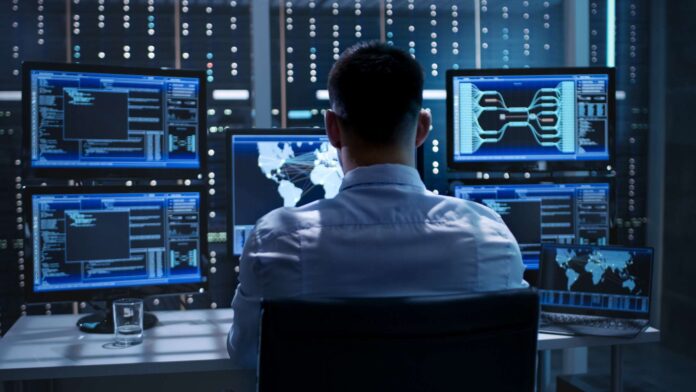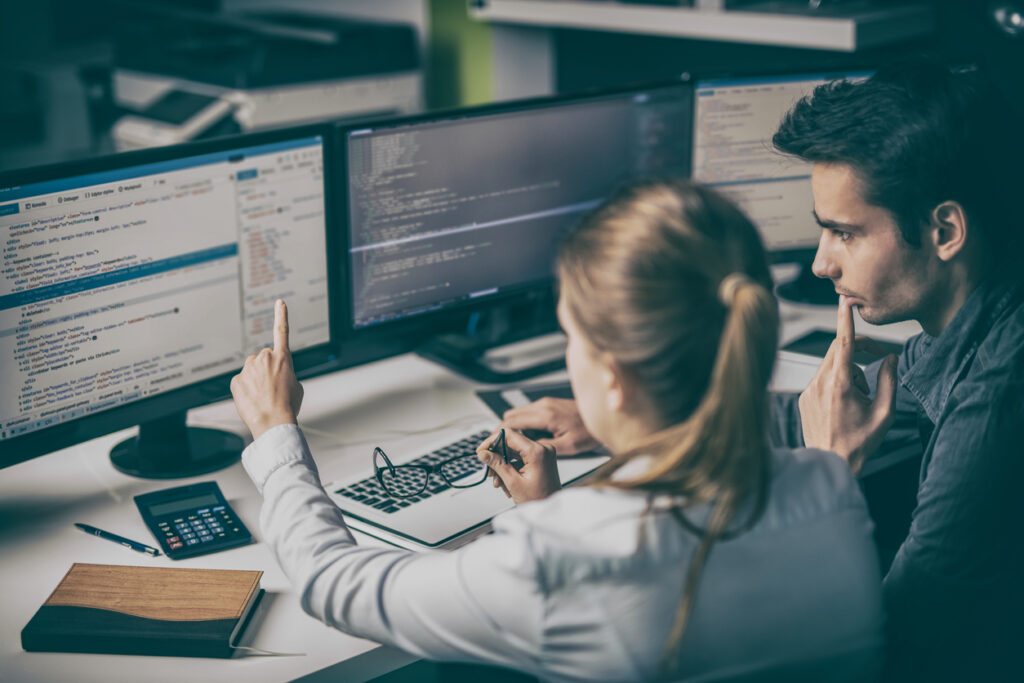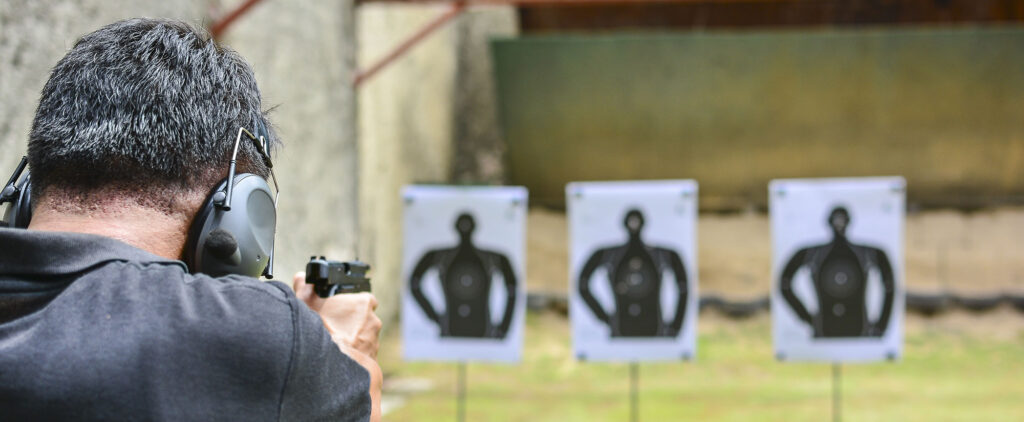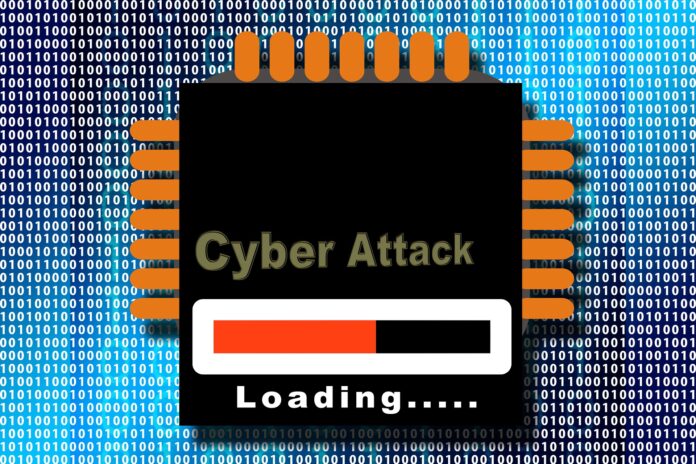The first step to setting security industry trends is knowing what they were in the previous year and how they’re evolving. So that’s where we’re going to start.
We can all probably agree that 2020 was a dumpster fire of a year, but some good things did come out of it. Countless companies realized that their cybersecurity systems were basically useless, and they started investing in high-quality gear and equipment. That particular combo will hopefully help you do your job better and easier in the future.
So let’s take a look at what some of the biggest security industry trends in 2020 were, and how things are looking for 2021.
What Happened in 2020?
2020 caught all of us pretty much by surprise, and most of the predictions made at the start of the year didn’t pan out. However, we did see a massive surge in cybersecurity interest, as well as data and privacy protection. Let’s break it all down now.
1. Attention to Cybersecurity
Only a decade ago, no one in the physical security industry would have said that cybersecurity is something to worry about. Back in the day, all the systems that were used on-premises didn’t connect to the internet.
But oh, how the times have changed. As almost everyone moved their work online in 2020, we’ve seen a huge spike in cyber attacks. Just now, people are realizing how many risks are lurking in the dark corners of the internet.
Some of the most common mishaps that people made, which resulted in cyberattacks, include:
- Not changing the default password
- Postponing important software updates
- Not investing in cybersecurity
In response to all the cyber attacks that happened in 2020, companies started beefing up their security systems. So far, there’s no single method that can ward off the treats, which is why it’s best to use a multi-layered approach.
Companies should improve their application, network, and device layering to make sure that they’re safe. Also, they need to bring in professionals in the field that’ll come up with a dynamic and effective cyber strategy.
2. More Comprehensive Security Systems
One of the biggest security industry trends that we’ve seen in 2020 has to do with using more sophisticated security systems. Nowadays, most clients want you to use a wide variety of different tools and skill sets to ensure their own or their company’s safety.
For the absolute best results, we saw EP professionals using alarm systems, CCTV monitoring, fire protection, and access control. Also, understanding how to properly analyze video footage, and knowing what to look for has always been and will always be a key factor.
3. Multi-Intelligence Cameras
Artificial intelligence (AI) is a term that we see being thrown around quite often, but a lot of people don’t understand its exact use in security. That’s why we wanted to give some insight into this huge trend that has been emerging for a few years now.
You see, back in the day, you’d need multiple cameras that would record an entire property. Those cameras were only able to keep track of one thing, like license plates, for example.
However, with the advancement of technology and AI chips, one single camera can accomplish so much more. It can track, analyze, detect people and vehicles, which is beyond incredible. And since one camera can do the same job as half a dozen, it’ll be much cheaper overall.
4. Facial Recognition & Privacy Regulations
Facial recognition tools and technology can be an incredible asset when it comes to identifying threats. However, one of the biggest security trends this year has been regulating its use.
There’s a ton of concern that people could sell or buy photos taken by facial recognition programs. In fact, even the DHS confirmed that someone hacked into their program and leaked photos on the dark web.
That’s why a lot of countries are starting to ban facial recognition technology, and it’s going to be interesting to see how it all works out.
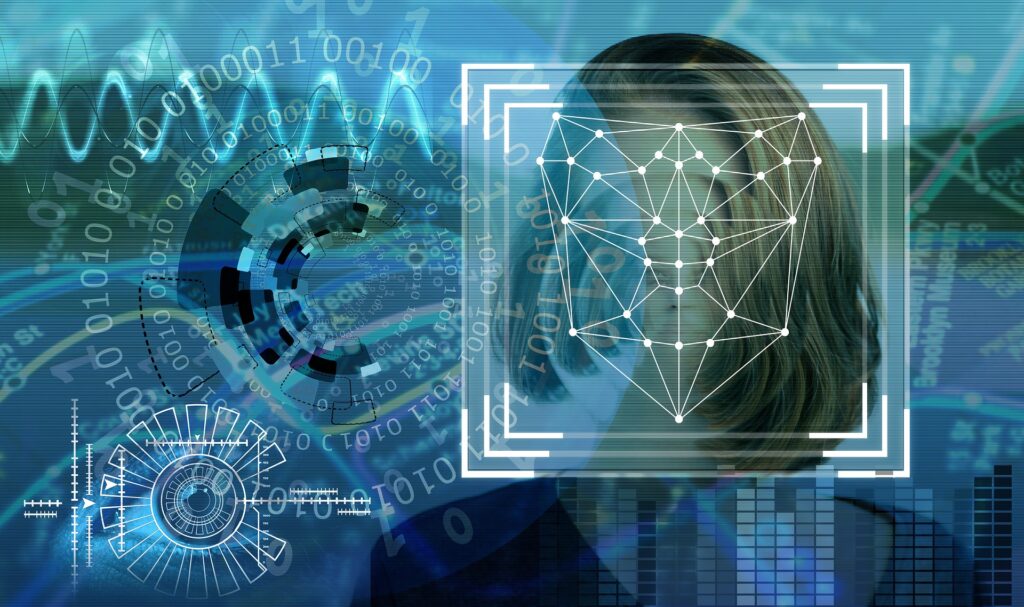
What We Expect in 2021
Now that we’ve covered the biggest 2020 security industry trends, it’s time to see what the future holds. Of course, these are all just predictions based on current patterns, and nothing’s really set in stone.
1. Data Privacy Will Be a Huge Issue
Data privacy and protection isn’t really a new thing, but it’s really come into focus over the past few years. It all ties into what we’re just saying about cybersecurity, and restricting the use of facial recognition technology.
Basically, as long as remote work continues, which we predict it will, people all around the globe are at risk. Since everyone’s using their own home networks and has little to no security, scammers could easily get access to their data. That’s why we think that one of the biggest security trends in 2021 will be protecting data and privacy.
2. Artificial Intelligence Use Will Keep Soaring
One trend that’ll definitely keep getting bigger in the future (not just 2021) is the use of AI. As far as the security industry goes, we’re predicting that machine learning will be the next big thing.
Also, we believe that AI will keep pushing and improving cybersecurity, which is a win-win for everyone. In the not-so-distant future, AI will be able to predict and prevent possible attacks and threats.
3. Social Media Threats Will Increase
One thing to be on the lookout for in 2021 will be social media threats and attacks. Nowadays, almost every business in the world has some sort of online or social media presence. Again, since most are using public or home networks and have no protection, they have a huge target on their backs.
Honestly, scammers have never had it easier than they do now when it comes to exploiting. By simply replacing one or two links, they can get access to a person’s confidential info and data.
But the future isn’t as bleak as it seems just yet. We’re seeing a lot of progress when it comes to using blockchains for data protection.
Bottom Line
Security industry trends are changing literally every single day, but they’re getting easier to predict. With that said, if there’s one thing we learned from 2020, it’s that we never really know what the future holds. But by being on the lookout at all times, you can keep growing in the EP industry, and take your business to the next level.
For more tips, tricks, and insights into trends, subscribe to our newsletter, and always be in the know.





